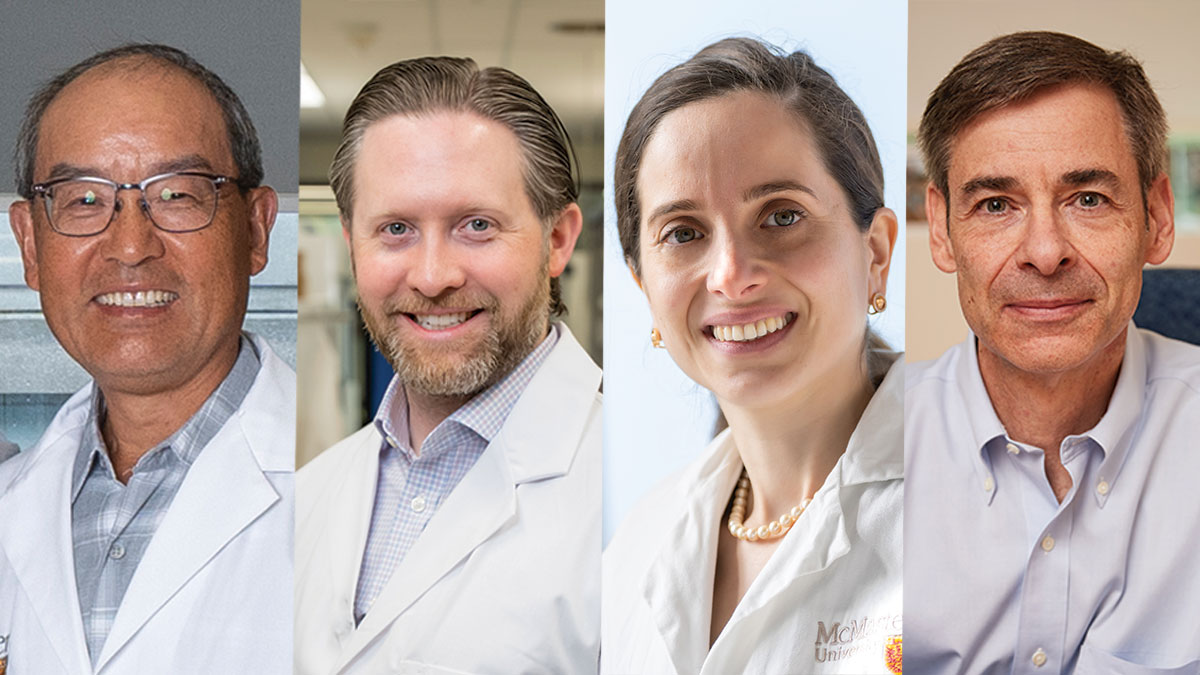Ants, fungi and an asteroid: How millions of years of genetic history could eventually lead to new antimicrobial medicines

Researchers from around the world have teamed up to detail the ancient history of ant and fungus co-evolution, providing new contexts for antimicrobial drug discovery.
The study focused on a diverse collection of ant species that have symbiotic relationships with fungi, which they farm, protect, and harvest for food. According to the study, published recently in the journal Science, these fungi have evolved in tandem with ants for millions of years.
While the phenomenon itself has become increasingly well studied in recent years, researchers say the origins of ant-fungi agriculture have remained poorly understood — until now.
The study — the largest of its kind — probed thousands of genetic samples to develop a detailed evolutionary tree for hundreds of different ant and fungi species, tracking how they’ve evolved together over time.
The new data reveals that fungus-ant agriculture began around 66 million years ago, after an asteroid collided with Earth. The impact caused debris to spew up into the atmosphere, which blocked out the sun and interrupted photosynthesis, causing mass extinctions but allowing fungi to thrive, since they don’t photosynthesize.
The global collaboration was led by researchers at the Smithsonian Institution, and featured critical contributions from McMaster University scientist Cameron Currie, a professor in the Department of Biochemistry and Biomedical Sciences.
“Being able to grow your own food is a major innovation,” Currie says. “For humans, doing so was critically important for increasing our population density, and it enabled a release of labour that really let us focus on developing other areas of our society.”
Currie says the new paper was decades in the making, involving both painstaking field work and detailed lab science. He says many of the study’s collaborators, including himself, contributed ant and fungi samples derived from live colonies excavated from a range of sites in the tropics.
“With the ants themselves, you can collect foragers that are wandering around outside of the colony and preserve them for DNA sequencing,” he says. “But, to get the fungal cultivar, you need to carefully excavate the colony and successfully stabilize it and maintain it in the lab so that it can be cultured and grown for DNA extraction and sequencing.”
Currie, the Jarislowsky Chair in Pandemic Research and Prevention and a member of the Michael G. DeGroote Institute for Infectious Disease Research, says the study provides critical new context for his own research program. His lab is focused on harnessing another ant symbiont — antibiotic-producing bacteria that ants leverage to keep their fungal gardens free from disease — as a source of novel antimicrobial medicines.
“This study further establishes ant-fungi agriculture as an ancient system,” he says. “The fact that it has remained really stable and successful in the face of disease threats for millions of years validates the potential of these ants as a source of new drugs, and as an interesting case study for both biomedical science and human agriculture.”
This new research comes during the 150th anniversary of the discovery of fungus farming in ants.
Dept. Biochem, Global Nexus, Michael G. DeGroote Institute for Infectious Disease Research, ResearchRelated News
News Listing

Brighter World ➚
McMaster faculty members rank among world’s most influential researchers
Dept. Biochem, Dept. HEI, Dept. Med, Research
3 days ago

McMaster researchers get federal funding to study emerging bird flu threat
Dept. Biochem, Research
4 days ago

Brighter World ➚
Analysis: Why can’t we die at home? Expanding home care could reduce the financial and environmental cost of dying in hospital
Research
5 days ago

